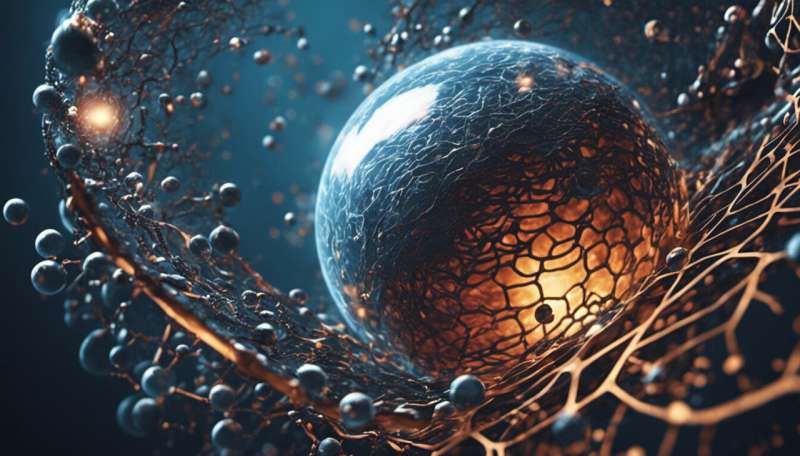Scientists introduce magnetic data storage of the future

Single-molecule magnets (SMMs) have been attracting a lot of attention recently. This is because of the increased demand for faster, longer-lasting and lower-energy IT systems, and the need for higher data storage capacity.
Partially supported by the EU-funded project PhotoSMM, researchers have introduced a novel design for SMMs which could lead to information storage on a nanometric scale. Their findings were published recently in the Angewandte Chemie journal. SMMs are a type of complex compound that can retain magnetic information at low temperatures. As explained by Dr Lucie Norel, one of the researchers in the team, "because of the prominent use of magnetisation-based information storage technologies in our daily life, SMM which are able to interconvert between two states with opposite magnetisation directions receive a great deal of attention."
Summarising the project objectives on CORDIS, she added: "The potential is huge for SMM systems that would demonstrate magnetic field and light-driven changes in both their optical and magnetic properties because they could reproduce on a single molecule the same type of magneto-optical effects which are used for some current data storage technologies."
Limitations of SMM
Computer hard discs are made up of magnetic material which records digital signals. The smaller the tiny magnets, the more information they can store. Even though hard disk drives are now measured in thousands of gigabytes rather than tens, there's still a need for developing new means of data storage that are dense and energy efficient. For example, in 2017 a group of researchers at IBM demonstrated the world's smallest magnetic memory storage device built around a single atom, as presented in the 'IEEE Spectrum' magazine. It's also possible to design molecules with customised magnetic properties which could have applications in quantum computing, thanks to the synthetic chemistry techniques developed by scientists working on SMMs.
However, moving these technologies out of the lab and into the mainstream remains a challenge because they don't yet work at ambient temperatures and require expensive methods for cooling. For instance, single atoms and SMMs could be cooled with liquid helium at a temperature of -269 °C. In addition, the most powerful molecule magnets are mostly unstable in the presence of air and water, so scientists have been focusing on raising the temperature at which magnetic memory effect can be observed.
The SMMs designed by researchers from the Rennes Institute of Chemical Sciences, in collaboration with a team at the University of California, Berkeley, have the ability to be manipulated in the presence of air. This is important for their potential use in the magnetic storage of information, according to the team. In the authors' own words: "The first dysprosium complexes with a terminal fluoride ligand are obtained as air-stable compounds."
Dysprosium (Dy) is a chemical element of the lanthanide group of elements. In the Angewandte Chemie journal article, they conclude: "we have presented the first DyIII complexes bearing a terminal fluoride ligand and explored the influence of this highly electrostatic metal–ligand interaction on the electronic structure."
The PhotoSMM (Single Molecule Magnets light-switching with photochromic ligands) project will demonstrate that a light input can induce a modification of the magnetic and optical properties of monometallic or bimetallic SMMs.
More information: Lucie Norel et al. A Terminal Fluoride Ligand Generates Axial Magnetic Anisotropy in Dysprosium Complexes, Angewandte Chemie International Edition (2017). DOI: 10.1002/anie.201712139
Journal information: Angewandte Chemie , Angewandte Chemie International Edition
Provided by CORDIS


















